At GolfWRX, to determine the 2023 best driver, we have once again compiled an expert panel of fitters to help you find out which of the 2023 drivers is best for your game.
We continue to exist in an era of not just maximizing distance but also minimizing the penalty of common misses for each player with the driver. Discretionary weight within the driver is also at an all-time high, so engineers are able to provide the widest range of performance characteristics in the metalwood era.
Custom fitting is essential to help you see results on every swing you make, and we believe the best way to find your personal best driver is to work with a professional fitter using a launch monitor.
The difficult part is many golfers don’t have easy access to fitters, launch monitors, and club builders — so at GolfWRX, we have done a lot of the work to help you narrow down your short list of best drivers as you test out options for your best driver.

We want to give you the tools and information to go out and find what works best for you —offering recommendations for your swing speed with feedback from the people who work every single day to help golfers get peak performance out of their equipment.
Best driver of 2023: Meet the fitters
- Nick Sherburne: Founder, Club Champion
- Clare Cornelius: Fitter, Cool Clubs
- Shaun Fagan: Fitter, True Spec Golf
- Kirk Oguri: PGA Professional/ Club Specialist, Pete’s Golf
- Scott Felix: Owner, Felix Club Works
- Mark Knapp: Fitter, Carls Golfland
- Ryan Johnson: Fitter, Carl’s Golfland
- Brad Coffield: Fitter Carl’s Golfland
- Matthew Sim: Director of Operations, Modern Golf
- Scott Sikorski: Fitter, Club Champion
- Ryan Grimes: Fitter, Club Champion
- Ben Giunta: Owner, The Tour Van
- Alex Dice: Fitter, Carl’s Golfland
- Gus Alzate: Fitter, True Spec Golf
- Carmen Corvino: Fitter, True Spec Golf
- Bobby Ennis: Fitter,Club Champion
- Dane Byers: Fitter, Club Champion
- Blake Smith: Fitter, True Spec Golf
- Shaun Fagan: Fitter, True Spec Golf
- Mark Hymerling: Fitter, Club Champion
- Joey Simon: Fitter, Club Champion
- Dean Fry: Fitter, TXG
- Jim Yenser: Fitter, Club Champion
- Dan Palmisaro: Fitter, Club Champion
- Mike Martysiewicz: Director of Club Building & Fitting, TXG
- Rob Gallagher: Fitter, Club Champion
- Alex Praeger: Fitter, Club Champion
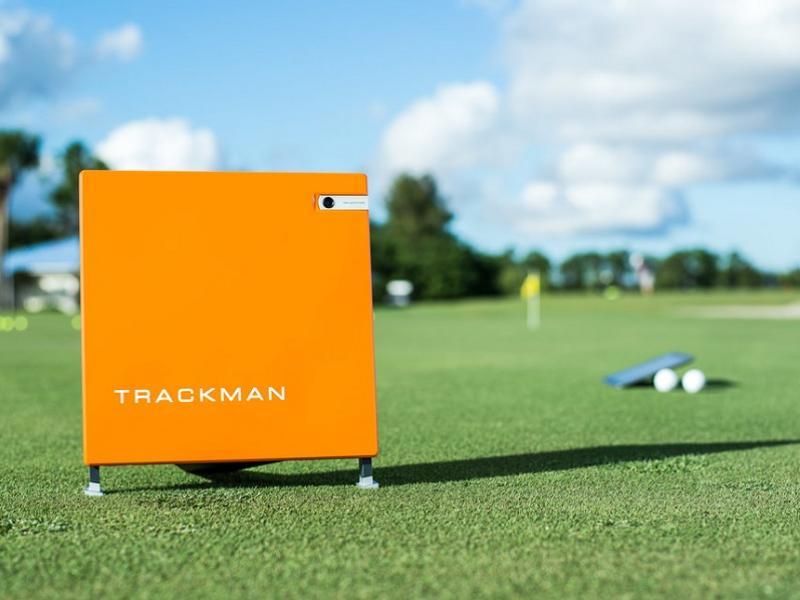
Best driver of 2023: The categories
We have again broken our 2023 best drivers list into four total categories. Three are swing speed-based and the other forgiveness.
- Best driver for faster swing speeds 106+ mph
- Best driver for swing speeds 95-105 mph
- Best driver for slower swing speeds <94 mph>
- Best driver most forgiving
We select this format because every golfer fits into one of these categories regardless of age, handicap, or gender, and for a lot of golfers, forgiveness is the number one factor when selecting a driver.
When we reconfigured our Best Driver process in 2021, we reached out to our trusted fitters to discuss how they sort through the endless head combinations available to golfers. Time after time, swing speed and forgiveness were the highest-ranked choices, after that it comes down to adjustability to fit individual players and their trends.
This year, we have again worked internally to craft a survey that allowed the fitters to be honest—we want the truth just as much as you do, and to prevent anyone from feeling they couldn’t be, we allowed all of the results and quotes to remain anonymous unless otherwise stated.
Again, we can’t thank the fitters enough for their time, and we hope that in your search for your best driver for 2023, we can help you find it!
BEST DRIVER FOR 106 MPH AND ABOVE

Titleist TSR3
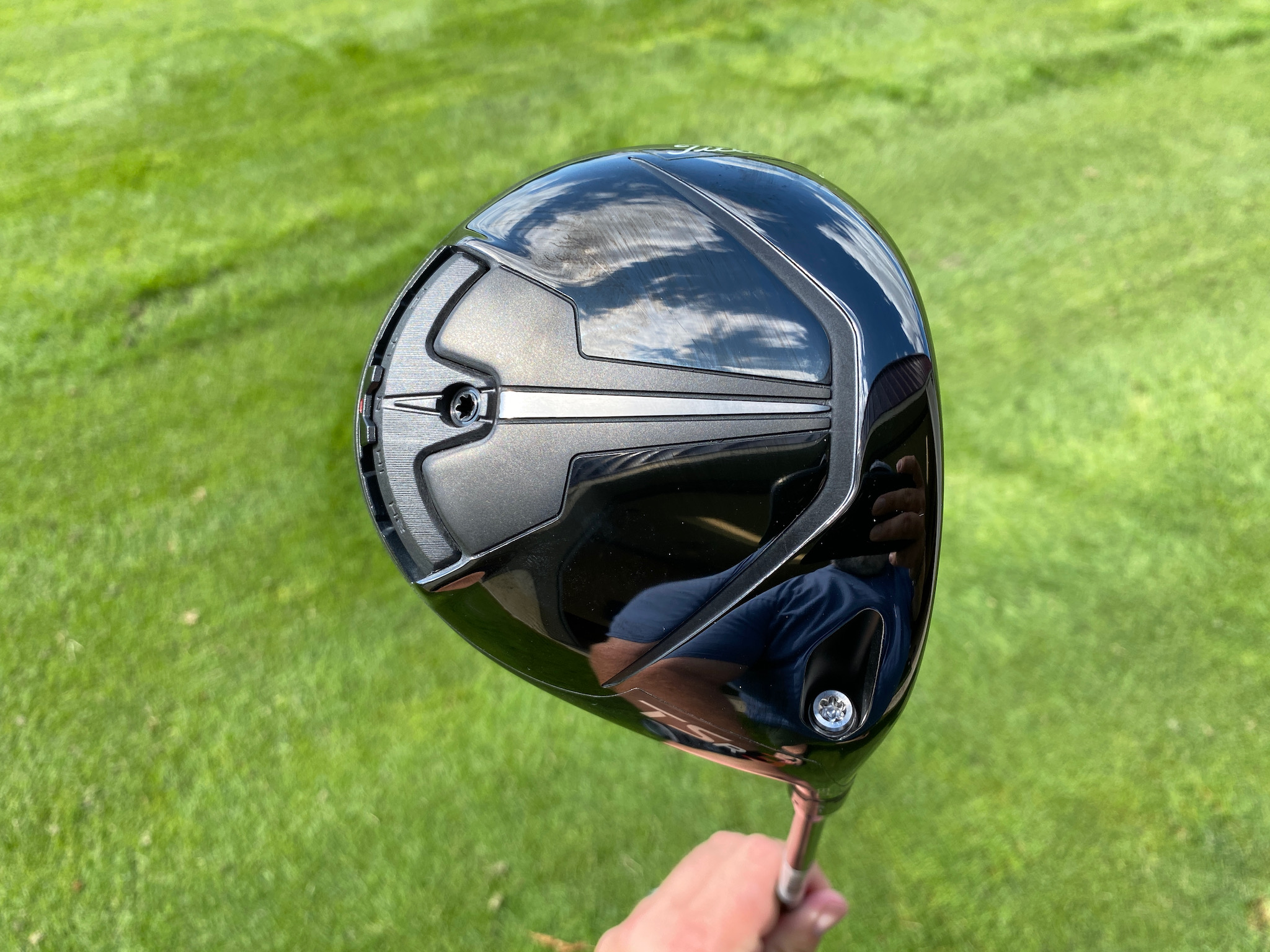
TSR is the next generation of the Titleist Speed Project that began more than six years ago with the TS series and continued with TSi models in 2020. Mid-launch, mid-spin TSR3 is the more adjustable option in a tour-preferred shape. It’s engineered for playability and precise CG positioning (thanks to a reimagined SureFit Adjustable CG Track System) and an improved sweet spot.
For the full technology breakdown, check out our launch piece.

Fitter notes
- It has enough spin where they’re going to be able to control it and it isn’t going to knuckle on them too much. I’m actually gaming this driver and I’m right at 105-106 mph clubhead speed, and I’ve seen a good ball speed jump. With the adjustable weight and what you can do to fine tune, it’s solid.
- This head is so classic looking and it is so obvious when looking down at it that it is exactly that, a Titleist! The deeper face and track weight allow me to really dial in my players looking to target a specific side of the course more often. I pull this head often because I know better players will be in favor of the simplicity and non distracting features about it. The sound of the driver at impact is impeccable and gives players the responsiveness they need to know when they hit a good shot. I mean don’t we all want some confirmation when we hit a great shot?! The weight of this club head is really why I pull it for 106+ swingers. I see many lower than that have a hard time getting it airborne consistently and instead it will create a knuckleballing effect that doesn’t carry.
- Great ball speed retention across the face, produces good launch and spin combination. Sounds great at impact.
- Classic look. Forgiveness bumped up since TSi and neutral face, with ability to open.
- The market has been very competitive and innovative over the last few years since the Great Covid Golf Boom of 2020, and despite all the carbon-construction, paradigm-shifting AI technology and twisting faces, the Titleist TSR3 returns for season two in a slightly lower-spinning and refined version of the TSi that preceded it. It is proof positive that titanium remains undefeated under the current rules of golf, and this is the market’s best driver for the excellent player.
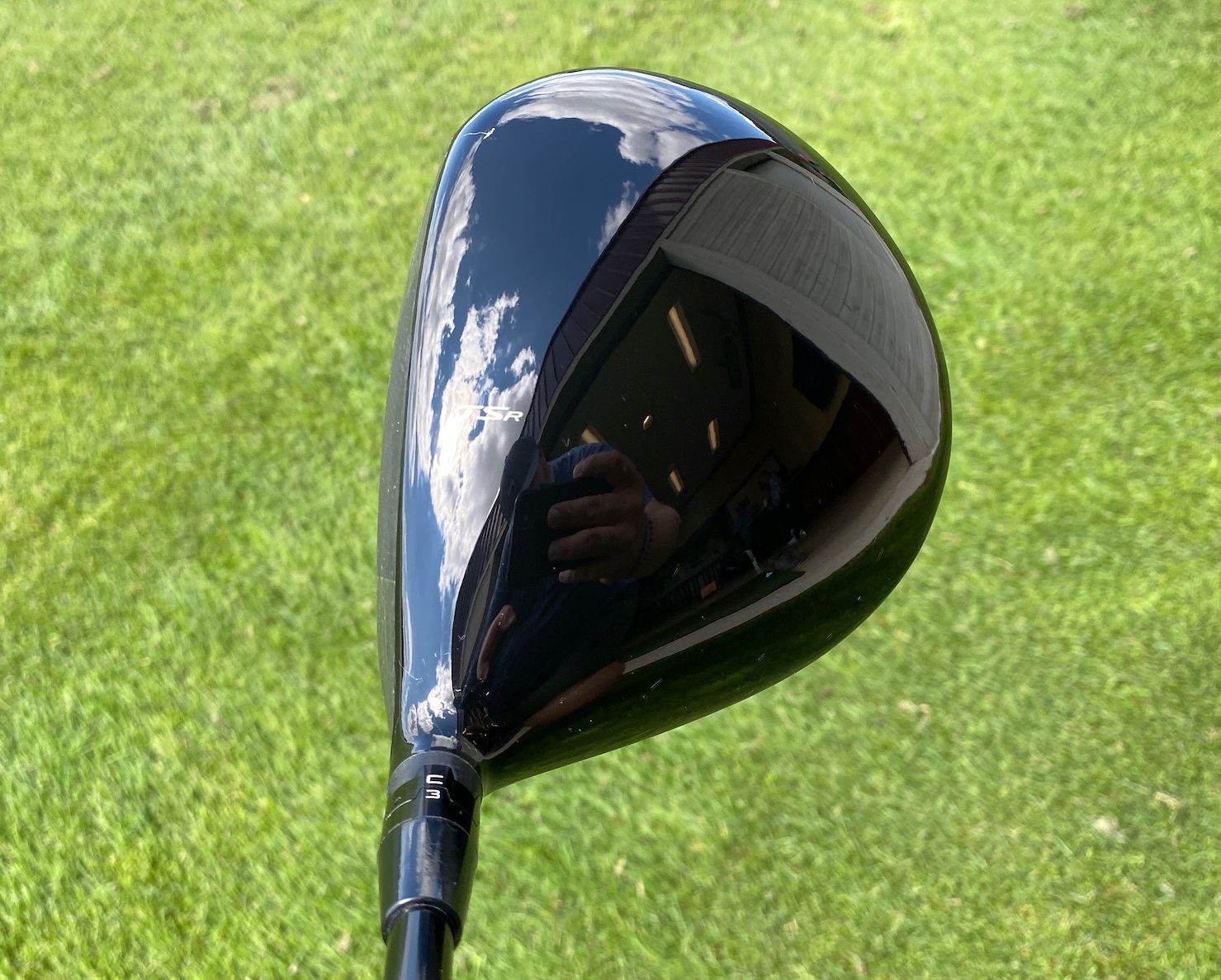
Ping G430 LST

With a shallower and thinner VFT forged face design, Ping engineers sought to add speed and distance without undermining an element Ping drivers have been known for: forgiveness. Exclusive to the G430 LST, lightweight composite crown-covering Carbonfly Wrap technology is the major innovation in the series. It’s an eight-layer, one-piece composite covering the crown to save weight (four grams) and lower CG, creating a lower-spin, higher-MOI driver.
For the full technology breakdown, check out our launch piece.

Fitter notes
- The 9-degree head in the LST is such a spin killer. It go real low and spins like zero. For that medium trajectory player, they can increase their launch angles and keep spin the same. You’re able to play more loft and not have spin go up. From a fitter’s standpoint, it gives us a little bit more leeway. In the low-spin option, that head truly is the most forgiving. I don’t know what Ping does, but they’ve got an ability to make drivers ridiculously easy to hit straight, and its up to their engineers to try to make them efficient and fast. The LST does an awesome job of that.
- They’ve added ball speed. With the added carbon, obviously they moved a lot more weight around to give it that little extra ball speed. Now we’re seeing the LST compete more in the ball speed category. They always had the forgiveness element down, but the added ball speed has been pretty solid so far.
- This driver has a very handsome design. It is still appearing a little bit more offset than some other competitors in the lower spin category however, it certainly performs in the bays. The effects you get on good contact feel almost non existent as if the ball kind of melts into the club face. From a performance aspect, the design of this with the carbon inserts and the adjustable track weight system, I have found it very easy to fit aggressive swingers and faster tempo swingers into this head and it has substantially increased their control off the tee and with the track weighting I am able to manipulate their club head at times and either delay the release or vice versa accelerate it so the player can slot the club up more consistently. It is amazing what happens when you find that perfect swing weight and adapter setting. The flat setting with a toe weighting bias on the track weights is a lethal combo for a PGA Tour quality baby draw, which is just what some players need more if in their game! The cherry on top here is basically when you see that perfect land angle and combination of low spin because it may just be the longest drives that my fitting has ever seen in their lives.
- This thing is a slow spin machine. For a player who fights a high and spinny drive this driver can be a key to success. The flight is a lower, flatter flight. From a ball flight standpoint this head is super fade bias along with being a stable head compared to some of the low spin drivers on the market.
- The G430 is the fittest version of the G400 line to date, weighing in a little less than the prior generations that should welcome a wider audience to experience the rock-solid forgiveness of Ping. Ping is typically the most polarizing driver each year and this one maintains its role on the market nicely.
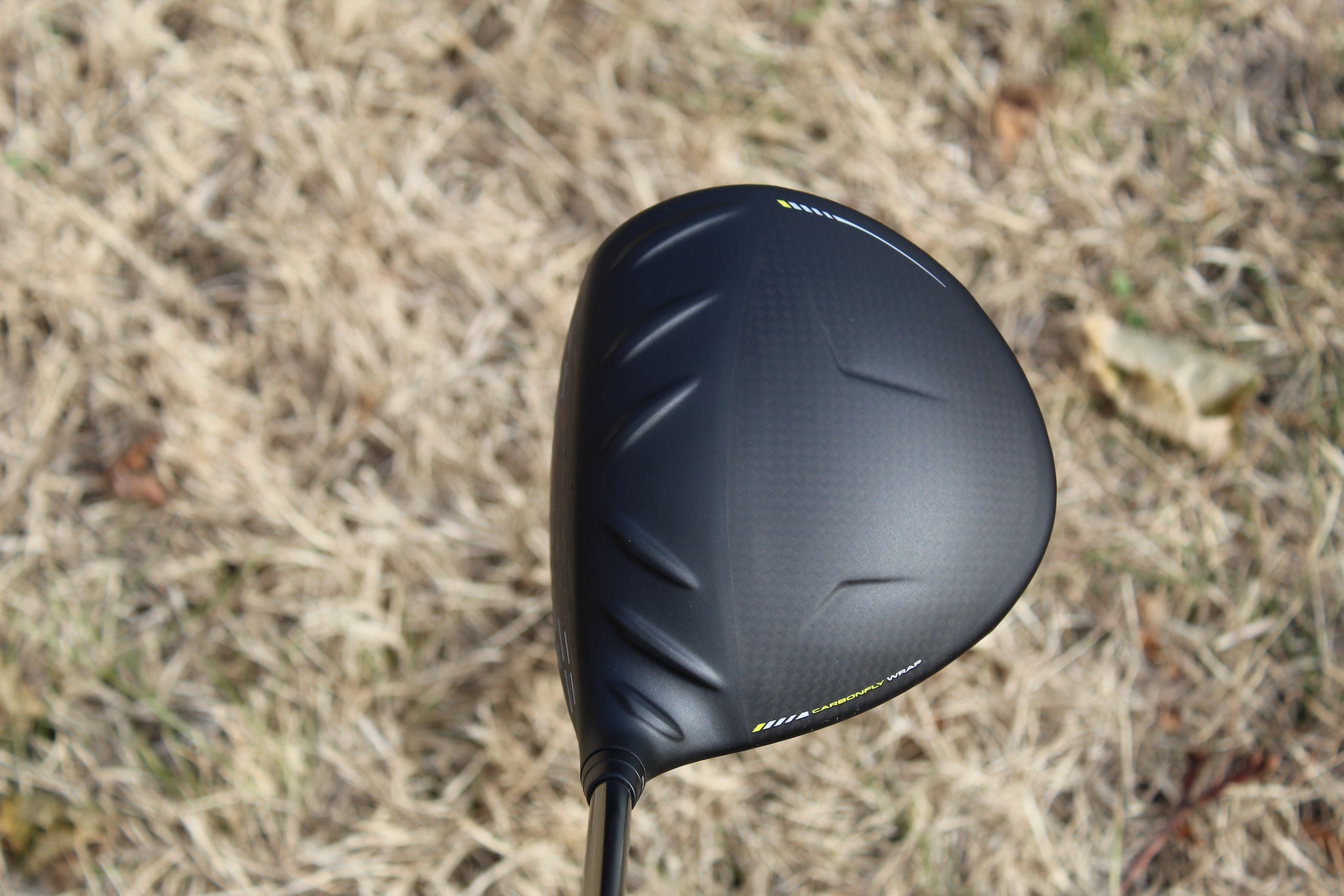
TaylorMade Stealth 2 Plus
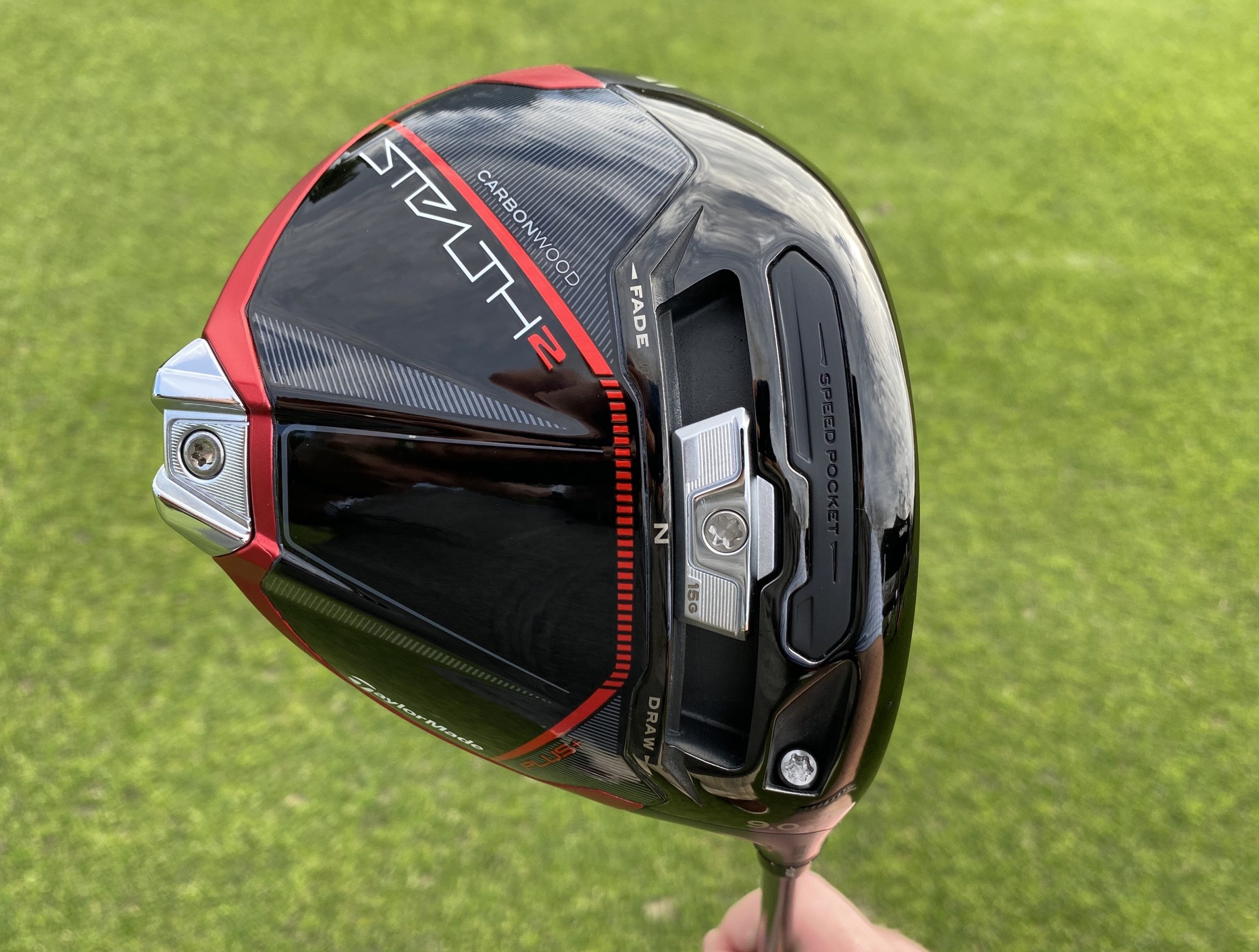
For the first time, carbon is the most prevalent material by volume in a TaylorMade driver, and more carbon equals better performance, says the company. Last year, TaylorMade debuted a 60X Carbon Twist Face. With TaylorMade Stealth 2, engineers are bringing carbon to more of the golf club — and unveiling a new-and-improved Carbon Twist Face in the process. Stealth 2 Plus is the lowest spinning, lowest launching, most workable driver in the family. Engineers were able to add a 15-gram sliding weight track thanks to weight savings from the usage of carbon materials.
For the full technology breakdown, check out our launch piece.
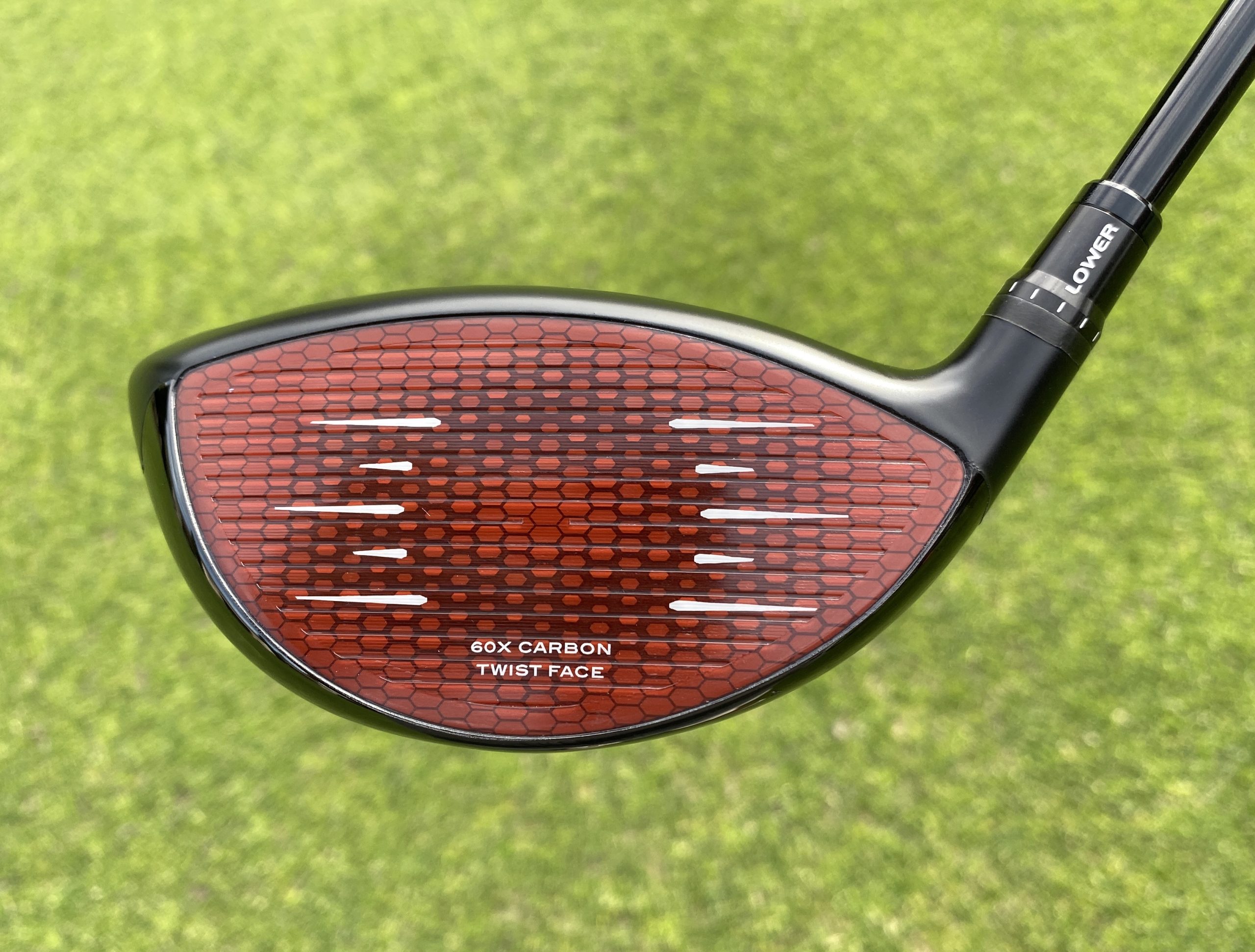
Fitter notes
- This driver is all about the carry distance! I did not see run out gains as much, but for a strong swinger trying to dial in shot shape and max out their carry, this is the driver to pull. The feedback is solid in comparison to its predecessor, which was a little bit dead at impact. Stealth 2 Plus is a great spin killer and any power swinger’s dream come true!
- In the fittings we have done, the Stealth 2 line has had the fastest ball speeds, especially for the higher club head speed players, even more so than the original Stealth. The forgiveness level is great too. Spin killer, too.
- Stealth 2 Plus is extremely flat and right-biased, which fast players who don’t like the ball moving left will love. Being able to substitute carbon for titanium on the clubface should greatly improve forgiveness by allowing engineers to redistribute weight more rearward and to the perimeter, but the benefits still aren’t quite realized on Stealth Plus 2. It is another great driver in a long line of great drivers from TaylorMade.
- No surprise Taylormade is up at the top. They have always had the recipe for great ball speed. Now they have improved on forgiveness. From the past model I see slight gains but similar ball speeds little higher dispersion and sound is great being as much carbon as they have.
- The Stealth 2 Plus is very very fast off the center of the club, like its predecessor. However heel misses have a tendency to be very slow and spinny. TaylorMade has made an improvement with widening out the sweet spot but heel misses continue to be an issue with Twist Face technology. On the flip side, high toe misses are very good with the Stealth2 and I gravitate toward TaylorMade product when fitting a person who misses on the toe of the club often.
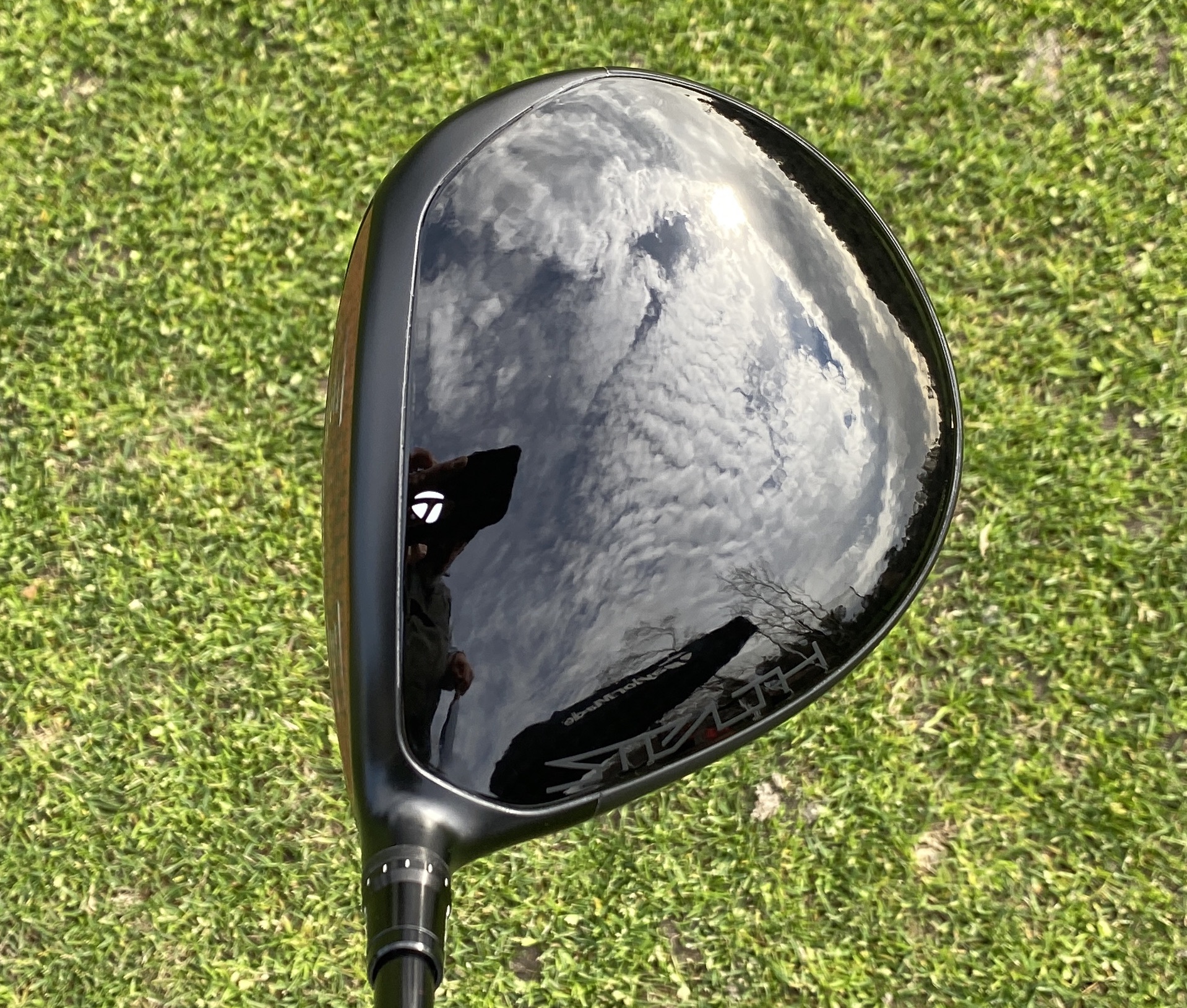
Callaway Paradym Triple Diamond
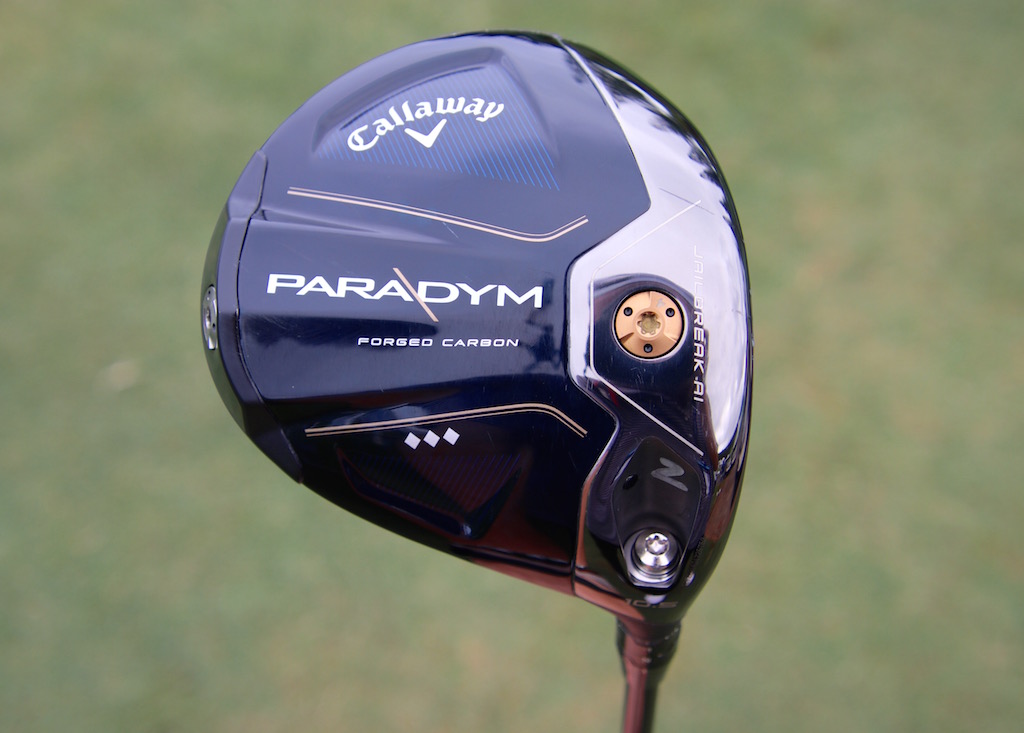
An almost completely carbon fiber body is the “paradigm shift” of Callaway’s Paradym driver (360° Carbon Chassis). Eliminating titanium from the body of the club allowed engineers to distribute weight in a manner that “breaks the tradeoff between incredible distance and exceptional forgiveness,” according to the company. Paradym Triple Diamond is a compact, fade-biased driver that is the lowest-spinning and lowest-launching in the lineup.
For the full technology breakdown, check out our launch piece.

Fitter notes
- Even with that super heavy weight in the back, it still doesn’t spin a ton. You can give that high-speed guy that wants a smaller, cleaner kind-of pear-shaped golf club who understands generally he has to give up some forgiveness, with that heavy weight in the back, in the category, it’s a pretty darn forgiving driver. The guy doesn’t have to flush it every time to get stability in the ball flight. He can toe it or thin it or heel it and still get a pretty solid golf shot. In the past, the super low spin head has been dramatically unforgiving for that golfer.
- You’re seeing added forgiveness versus Rogue ST. To take a driver that was one of the best last year, add some forgiveness to that, have a moveable weight and be able to move that weight forward and back to really dial it in — if you can give that player [high swing speed] a little extra forgiveness when they hit it off the heel, off the toe, whatever, I think that’s a huge bonus. They took something that was really good from a distance standpoint and improved the stability. That’s a win for everybody. Super strong driver so far.
- First and foremost, very neutral and clean looking at address pertaining to offset. I look down at it and feel confident I can throw a dart out there with it and I think most of my customers would agree that have fitted into them. When you put the 360 Carbon tech at every portion possible with the center of gravity position shifted just perfect in that sweet spot low and forward it produces a monstrous effect. The trajectory is so much more piercing and the spin killing effect allows the ball to descend on a much more optimal land angle. The outcome of this of course is the best damn run out most golfers have seen! Due to the CG in this driver it definitely is not something I typically fit my slower/moderate swing speeds in quite as often. With that said, there are occasional times where it can work for who you least expect it to, so I would say try it out in every single fitting!
- The best TD driver Callaway has ever made. This is a great blend of low spin and forgiveness. With the weight in the back it is a fairly forgiving driver for its size. With the weight forward it is a spin killer for that player that needs it. 8-degree option this year is a nice addition.
- This thing is a ball speed machine. The look is great, with a muted sound. From previous generations in the Triple Diamond line, this thing is more forgiving and can fit more golfers who tend to struggle with a high launch and who spin a driver a lot. The Triple Diamond model is a spin killer and has a lower penetrating trajectory. From a ball flight standpoint, this head is super fade biased. This thing has started the year off great with serval wins on the PGA Tour.
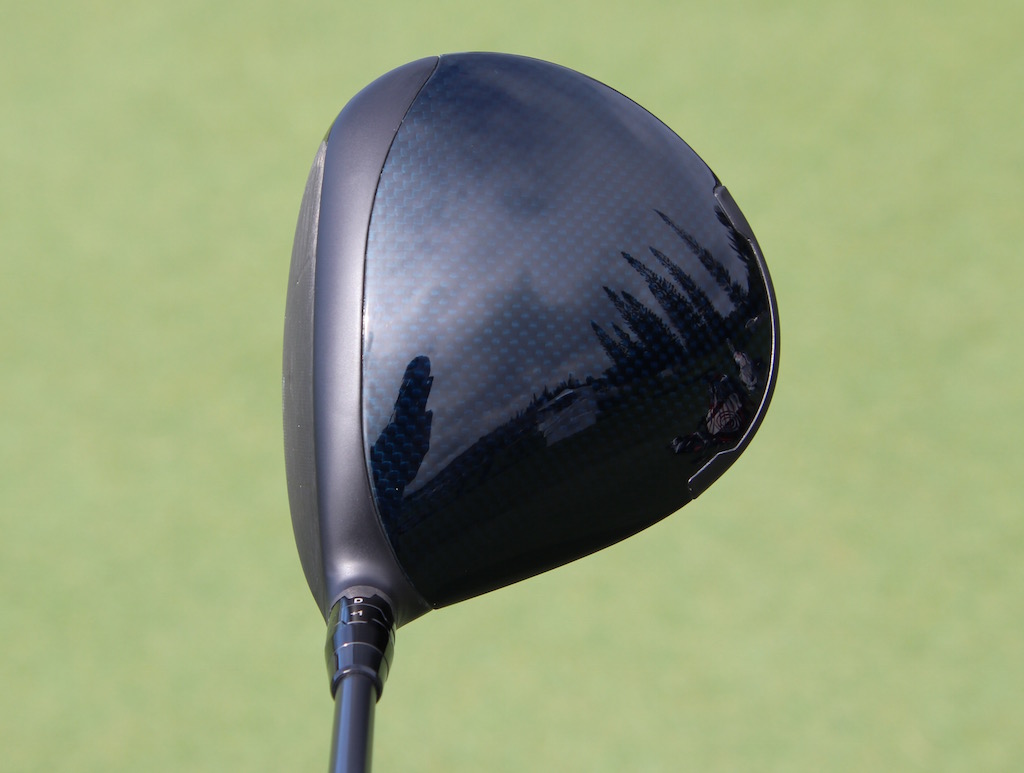
Cobra AeroJet LS

An elevated, internal bridge structure (PWR-Bridge Weighting) in the sole of the club is the centerpiece technology of the LTDx LS, which places CG low and forward. AeroJet LS is a low-launch, low-spin driver that produces a neutral to fade-biased ball flight. Featuring a smaller profile at address, LTDx LS has two weight ports in the sole (with 12g and 3g weights) are positioned forward in the heel and toe
For the full technology breakdown, check out our launch piece.

Fitter notes
- This is probably the biggest spin killer that we have. What I really love about it is, after the success we had with LTDx where the ball speeds were crazy good, that just carried over. They made a driver that looks, sounds, and feels even better. Really, really good option for a lot of players. Sound and feel are great.
- Great sound at impact! Definitely faster clubhead speeds preferred as the milled face does create a firmer feedback and response. Slower swing speeds do not produce enough COR with it, power swingers though, forget about it! The sound on good contact is impeccable and the ball speed numbers are some of the best I have ever seen!
- AeroJet LS is probably the fastest driver out there. It took the LTDx LS and refined it in terms of shape. The shape is really good, and it has a fuller sound. Previous years it sounded like a tin can on mishits, but the sound this year is very, very pleasurable. It’s probably top 2 or 3 fastest drivers right now.
- Ball speed machine! Biggest surprise of the year so far in our testing. The AeroJet LS is consistently a top performer regarding ball speed, and in many cases is beating other top brands by 2-3 MPH when it is the best fit for a specific player.
- Getting back to where Cobra had success. The F9 is what comes to mind. I think they hit a home run with the look. Probably one of the softest-feeling drivers. We’re seeing some great numbers.

BEST DRIVERS FOR 95-105 MPH

Titleist TSR2
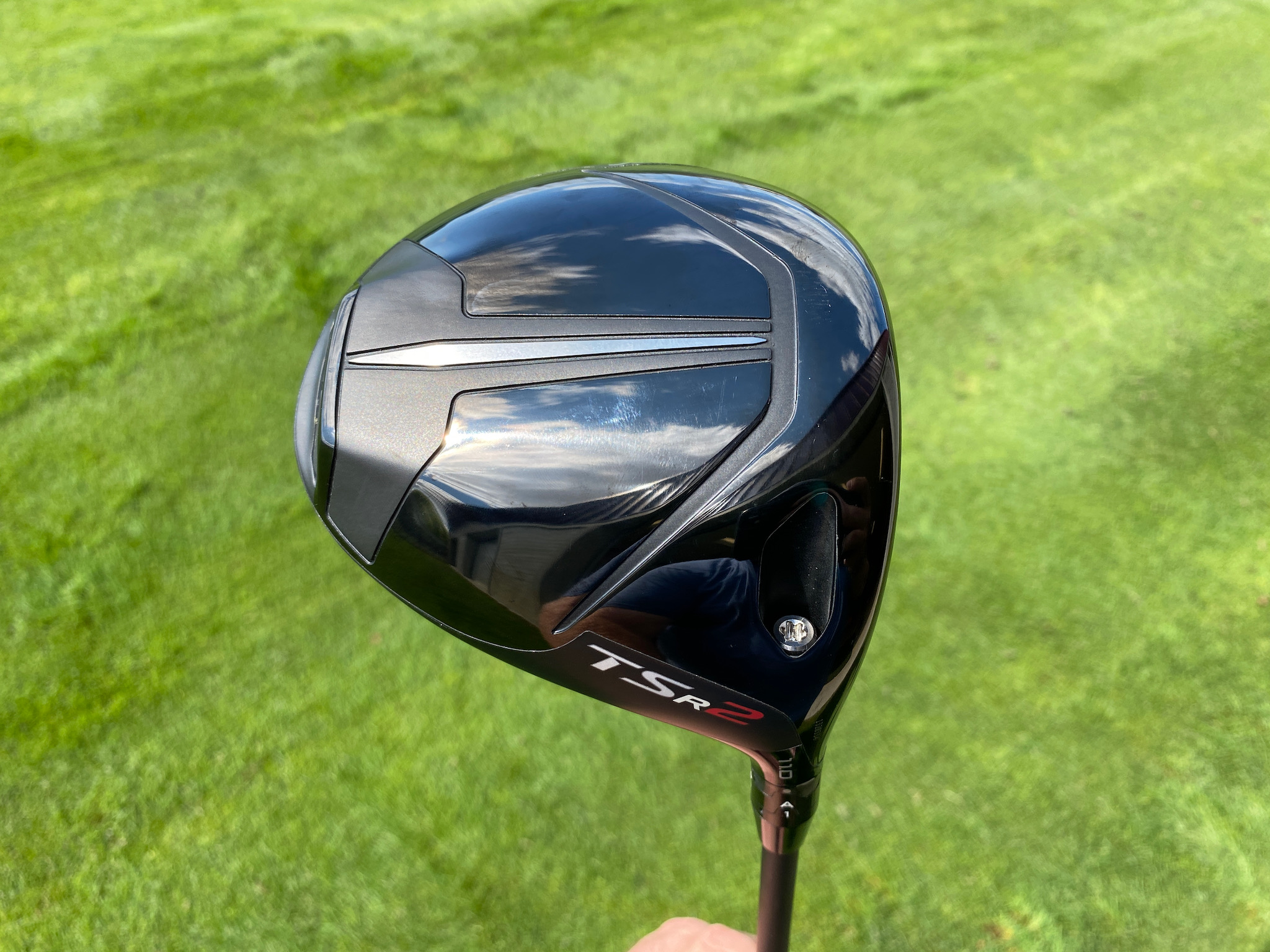
TSR is the next generation of the Titleist Speed Project that began more than six years ago with the TS series and continued with TSi models in 2020. There are three models in the TSR line, which began tour seeding in June. TSR2 is a high-launch, low-spin “max” driver, balancing speed and stability that is designed for the player who makes contact across the face.
For the full technology breakdown, check out our launch piece.

Fitter notes
- It fits a huge, huge variety of players. Huge upgrade over TSi, in my opinion. The 2 was slow and it didn’t go as fast as the 3. It was a great driver, but it was a step down. This thing has all the power the TSR3 has. It looks awesome. But they didn’t sacrifice forgiveness. It’s great for that traditionalist who likes a clean, classic look but needs forgiveness out of it. And their adjustable cog allows us to fit a wide variety of players. I love this driver.
- This thing has been a staple on tour for a while now. The stability and forgiveness on off-center hits with this is great to not have a huge kick up in spin but still maintain good ball speed. Guys are seeing they can miss this driver on the toe or heal and the spin isn’t going to drastically go up or down compared to previous models
- TSR2 got the biggest upgrade in the TSR family over the previous model. Nice change in looks, but the increase in speed was much needed. This is equally as long as TSR3, just with more forgiveness.
- Hands down a favorite pull for the swing speed range. That classic black look is just clean and confidence boosting. The material in the face makes it crazy hot, but on top of that you always know where you strike on the face! I’m seeing people gain a MPH or 2 of club head speed with this head!
- Best in show ball speed, launch and spin conditions, and I’m very partial to the looks. TSR2 is much more neutral looking than TS2 and TSi2, which really makes the 2 more appealing than ever. The best bet for the 230 yard player to find a couple at 250…Just be sure to hit the center of the face for best results.
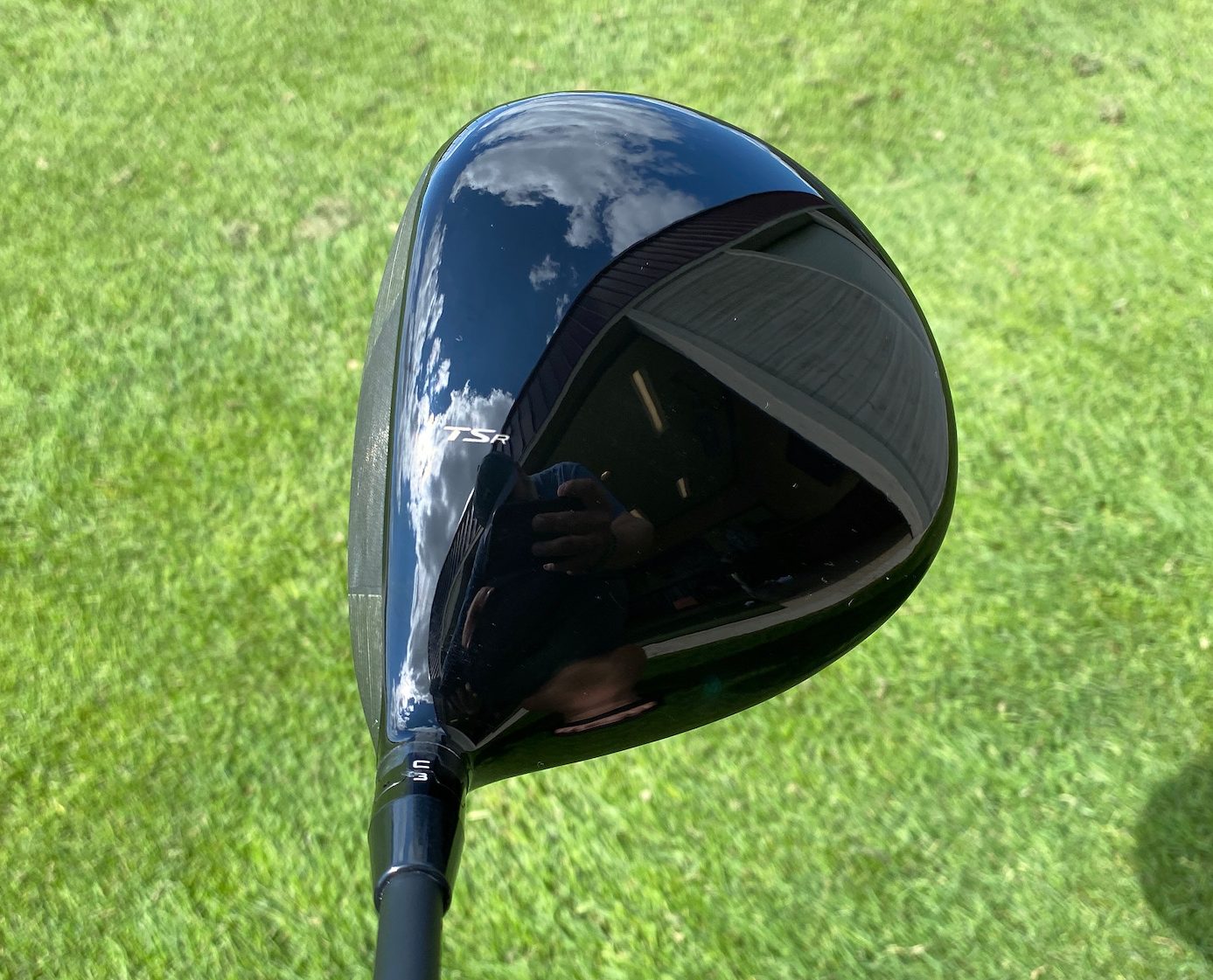
Callaway Paradym
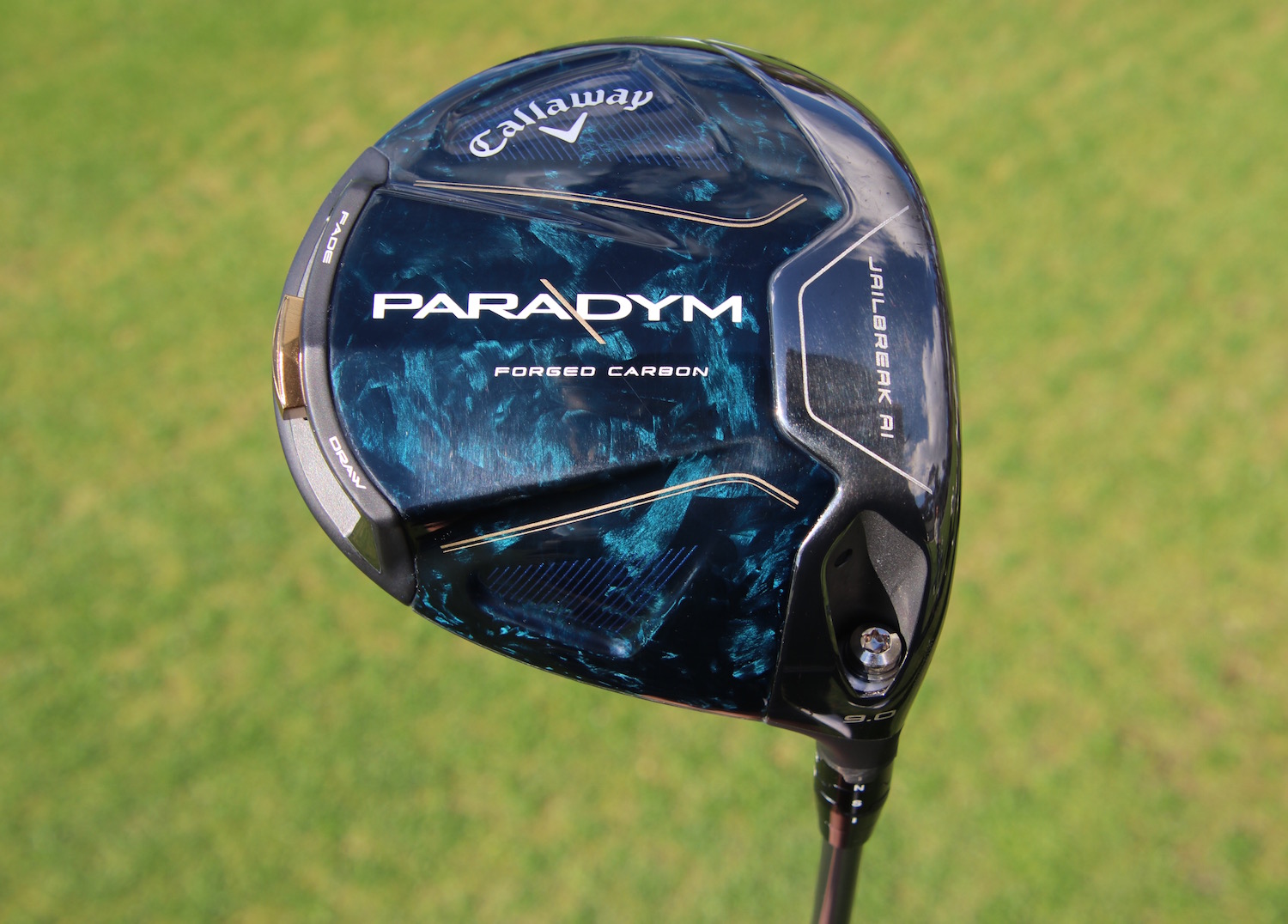
An almost completely carbon fiber body is the “paradigm shift” of Callaway’s Paradym driver (360° Carbon Chassis). Eliminating titanium from the body of the club allowed engineers to distribute weight in a manner that “breaks the tradeoff between incredible distance and exceptional forgiveness,” according to the company. With high MOI and adjustable perimeter weighting, Paradym fits the largest segment of the fitting bell curve. It’s high launch, low spin, neutral ball flight driver.
For the full technology breakdown, check out our launch piece.
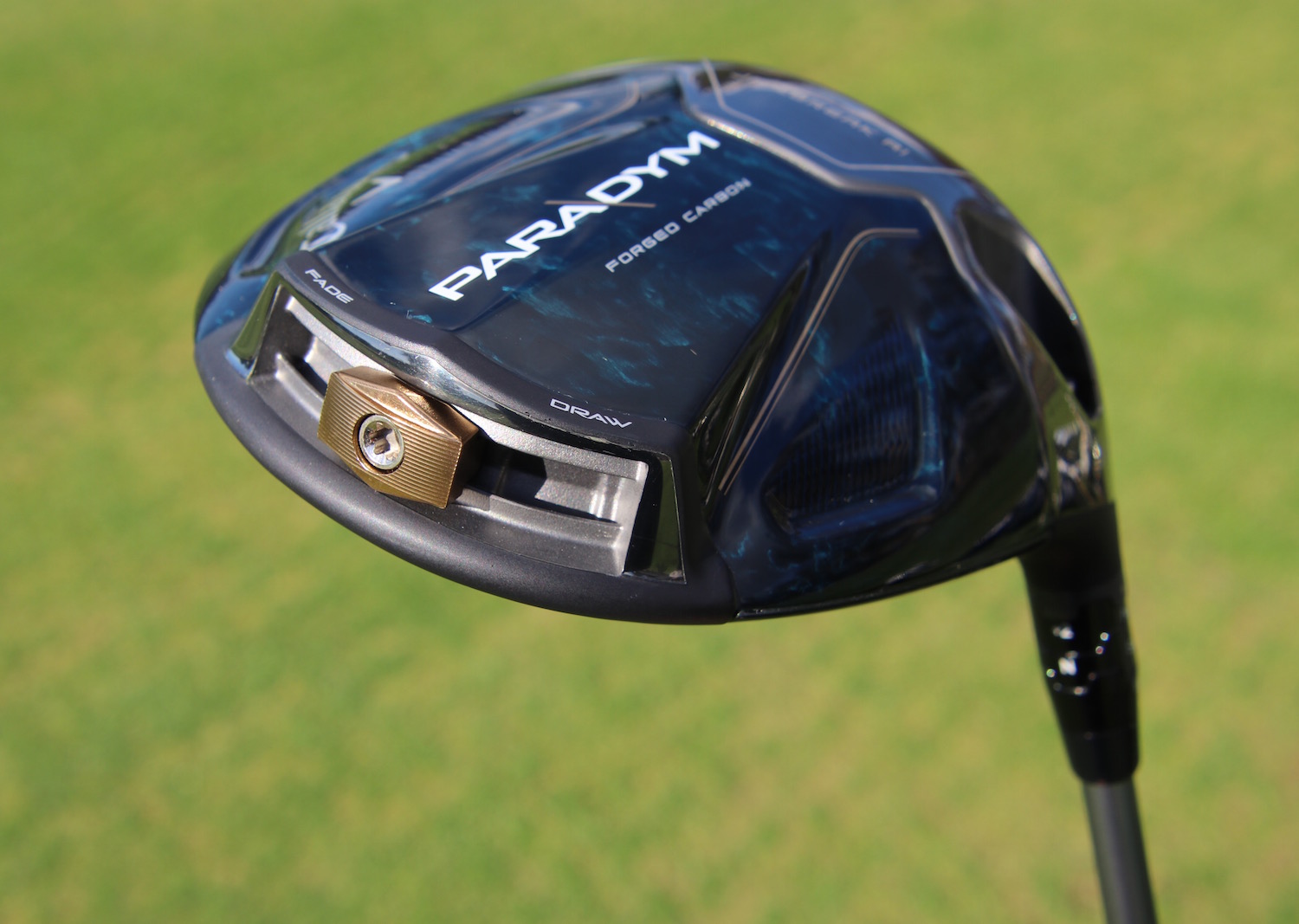
Fitter notes
- A pretty decent low-spin option for the average golfer. As clubs get more forgiving, spin tends to go up, but for that max MOI driver, we don’t really see that with Paradym. And it gives that better player a slightly higher-spinning option. It sets up square. It gives you all the adjustability you want. It gives that better player everything they want, but it gives a 20-handicapper a plenty stable driver that’s going to be great.
- Consistent spin rates across the face. Not as low spin as some other heads in this category, but it looks and sounds great and versatile.
- This is a very neutral setup. The reduction in spin makes it great for a wide variety of players both when it comes to speed and ability. It is a great driver for someone looking to pick up some forgiveness as well as some speed.
- Forgiving, fast, but most importantly, accurate! I am seeing the gains in fits with these drivers left and right! The tech in this driver has made mishits almost as good as the good shots are! Never had better misses that went further.
- Launches high and offers a little more left bias than other competitive heads. This club may actually help your slice as well as any draw-biased driver on the market, especially with the right shaft paired up with it.
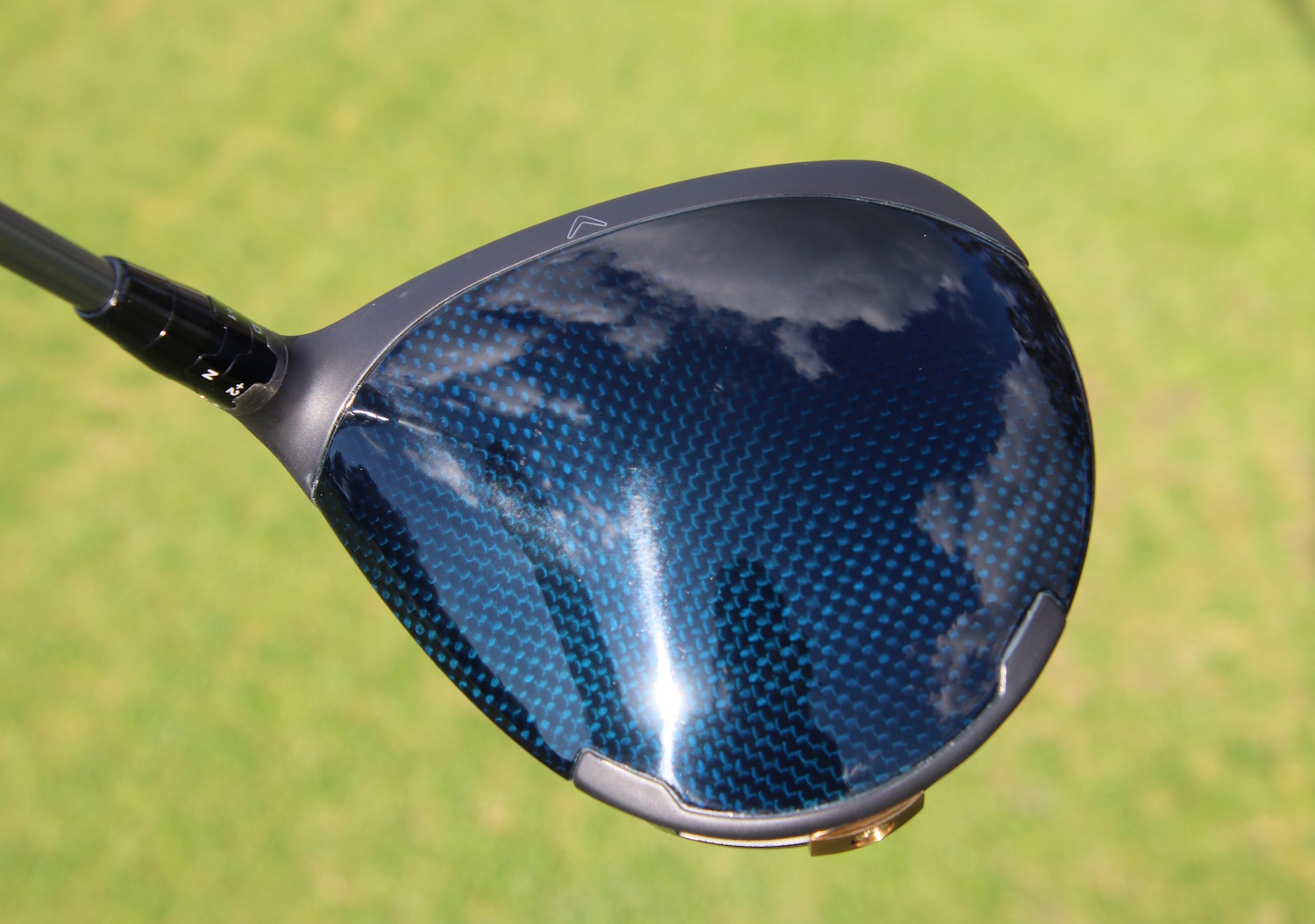
Ping G430 Max

With a shallower and thinner VFT forged face design, Ping engineers sought to add speed and distance without undermining an element Ping drivers have been known for: forgiveness. For slower-swing-speed golfers, G430 Max can be custom built with lighter head weights. G430 Max is suitable for the widest segment of the fitting bell curve and features a 25-gram, high-density tungsten moveable back weight (±8 yards of shot shaping).
For the full technology breakdown, check out our launch piece.
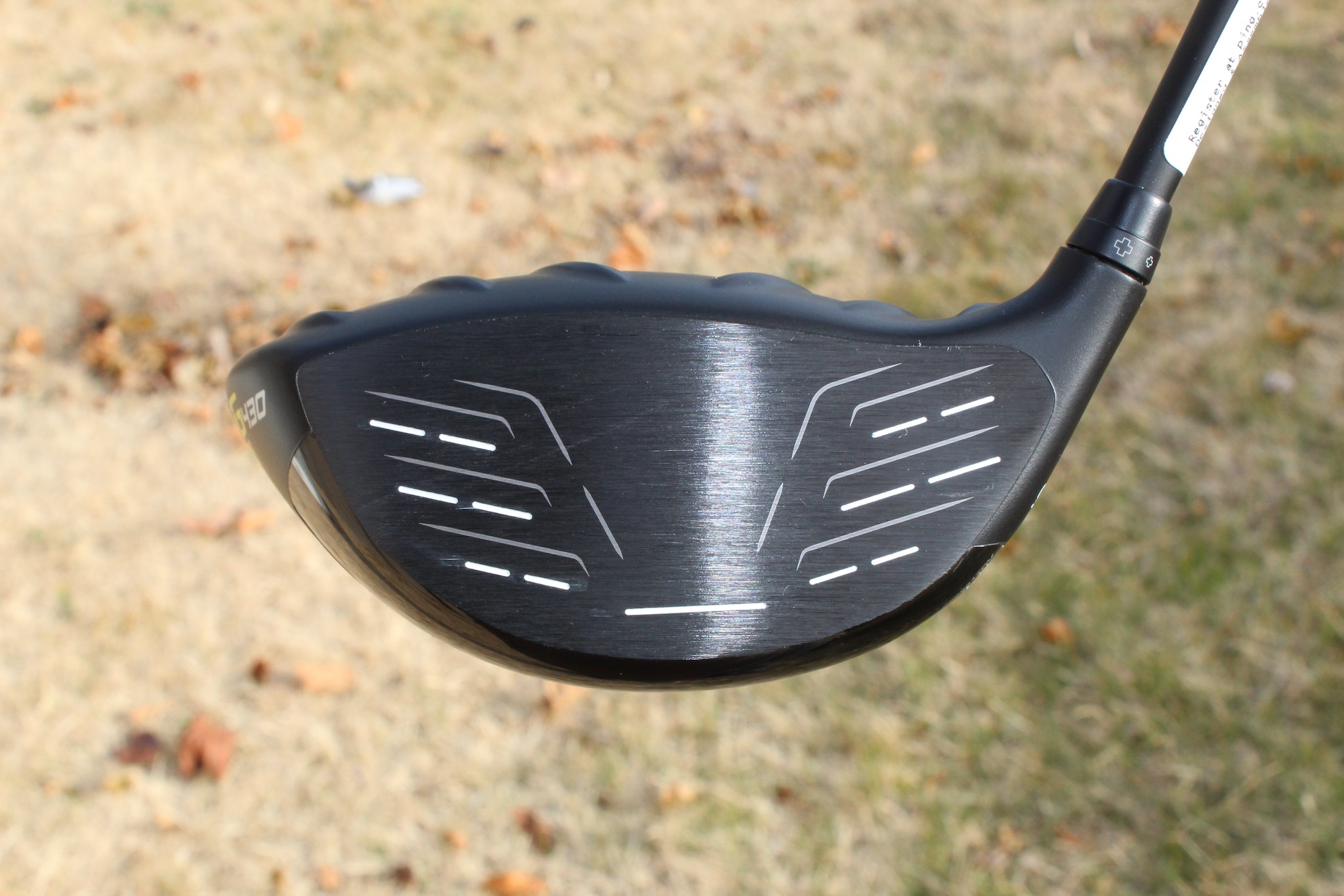
Fitter notes
- The Max head from Ping has always been one of, if not the best driver on the market. The G430 version is no different. Forgiveness that nobody else can touch along with great ball speed and surprisingly lowish spin.
- Great for a moderate to faster swinger who wants to launch the ball better and tighten dispersion.
- Just as easy to hit as it gets. Speed is good, not great, but for this player, it’s good and straight.
- The Ping 430 Max is the ultimate driver for the most forgiveness on those off-center hits. The stability on this head is crazy good. For someone who wants forgiveness and needs some added height to their drives this is a go to driver. This head will fit a wide range of handicaps.
- Who doesn’t like forgiveness? Ping has been the king of MOI for the past few years and the 430 takes it to another level. If finding more fairways is the goal, then the Ping G430 Max should be on your shortlist of options to evaluate.
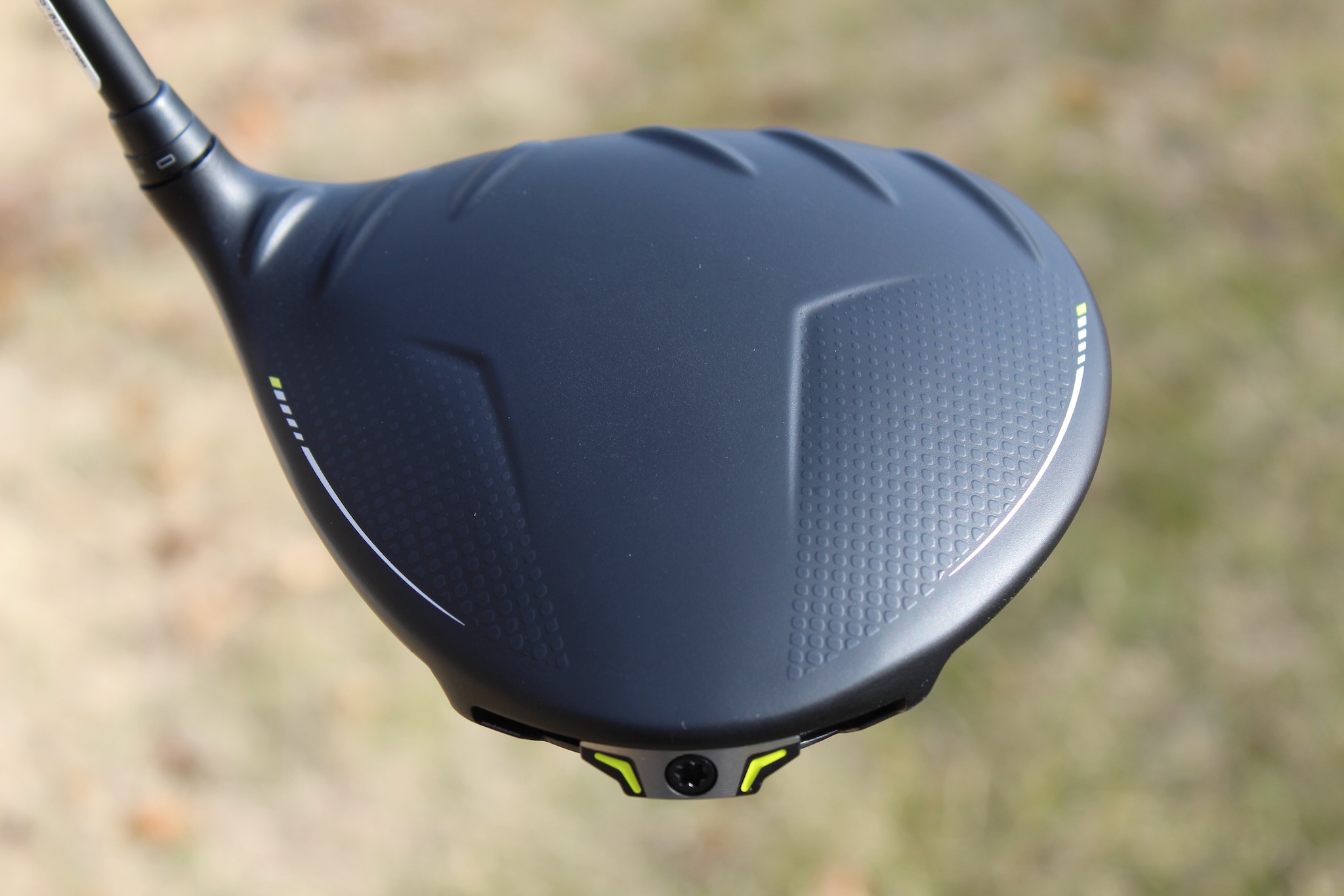
TaylorMade Stealth 2

With TaylorMade Stealth 2, engineers are bringing carbon to more of the golf club — and unveiling a new-and-improved Carbon Twist Face in the process. Stealth 2 is a mid-launch, mid-spin driver that is tailored for the widest segment of the fitting bell curve. It features a 25-gram tungsten TaylorMade Swingweight System weight on the Inertia Generator to dial in launch and spin.
For the full technology breakdown, check out our launch piece.

Fitter notes
- Ball speed is awesome with the new Stealth. By that, I mean more consistent ball speed on impact across the face — and across varying skill levels.
- Adding the speed ring back in and using carbon for saving weight, you’re seeing enhanced stability versus the Stealth. It’s TaylorMade, so they’re always good on ball speed. But with the enhanced stability, it’s a step up.
- This thing is a cannon! The people fitting into it are gaining 15-20 yards from their gamer numbers! I love the level of adjustability on it and it makes a massive difference in launch and carry numbers.
- Probably the driver that will sell the most of this year. TaylorMade always has amazing marketing and continues to own the 15 handicap space. Get it and enjoy, but don’t be surprised if it doesn’t fix your slice.
- All-around great performer. Shape of the Stealth 2 is much cleaner, and most people notice an increase in confidence at address almost immediately compared to the original Stealth. Increased forgiveness vs Stealth 2 Plus without seeing a huge jump in spin. For those that need a bit help on mishits but need to keep an eye on launch conditions, Stealth 2 is arguably the best all-around performer on the market.

Cobra AeroJet

An elevated, internal bridge structure (PWR-Bridge Weighting) in the sole of the club is the centerpiece technology of the line, which places CG low and forward. AeroJet features a 12-gram fixed back weight for higher launch, and higher MOI. Standard AeroJet is higher launching than the LS while still being low spinning and produces a neutral shot shape.
For the full technology breakdown, check out our launch piece.

Fitter notes
- Cobra made a pretty cool looking driver this year. the white and carbon give off a few TaylorMade M Series vibes which may sway some players their way. Cobra has been focused on producing the least amount of spin on a proper strike, and with their LS model they accomplish that. The AeroJet offers premier performance with a slightly lower price-point to boot.
- The AeroJet has been a good improvement from the previous generation in the Cobra line. We were seeing faster ball speeds as well as better dispersion between shots. The color scheme makes it look sharp at address.
- Another really low-spinning driver from Cobra. This is probably the lowest spinning driver in this category.
- Great design and produces consistent low-ish spin and high ball speeds.
- Super easy to hit. Launches high. Very little gearing on off center hits.

BEST DRIVERS FOR 94 MPH AND BELOW

Titleist TSR1
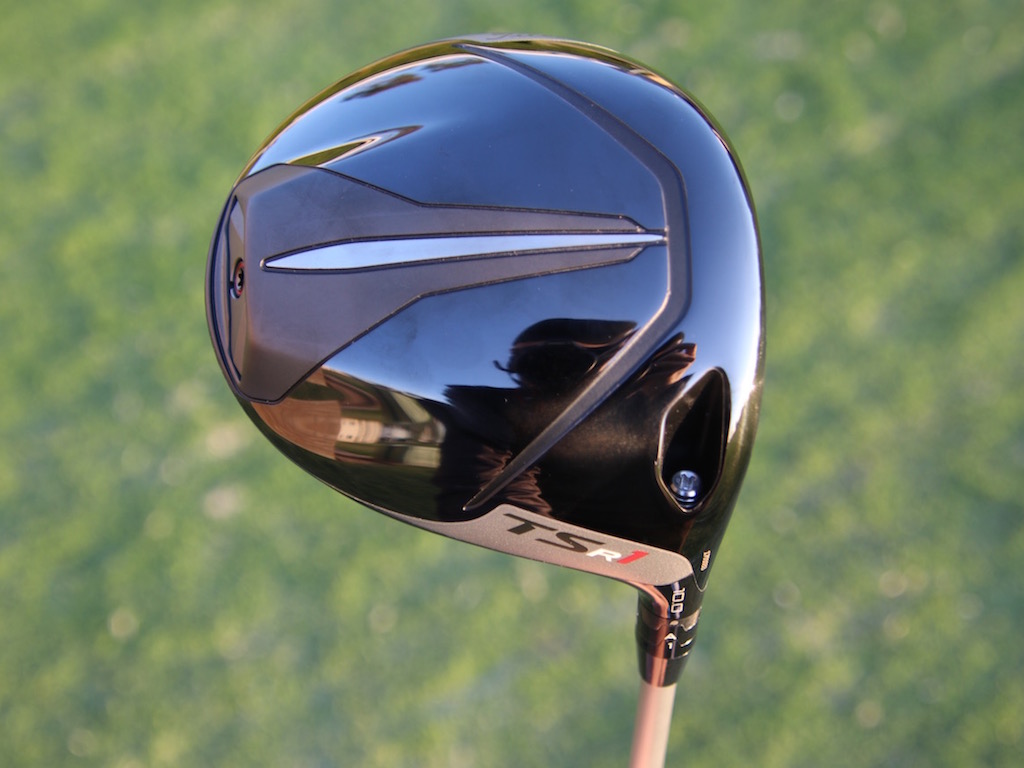
According to Titleist, the new 460cc TSR1 driver weighs a total of 40 grams lighter than the TSR2 thanks to a lighter headweight, 40-gram stock shaft, and a lighter stock grip. Like the other TSR drivers, the TSR1 has Multi-Plateau Variable Face Thickness to boost speed on off-center hits, and the CG (center of gravity) is placed rearward in the heads to increase launch and height.
For the full technology breakdown, check out our launch piece.
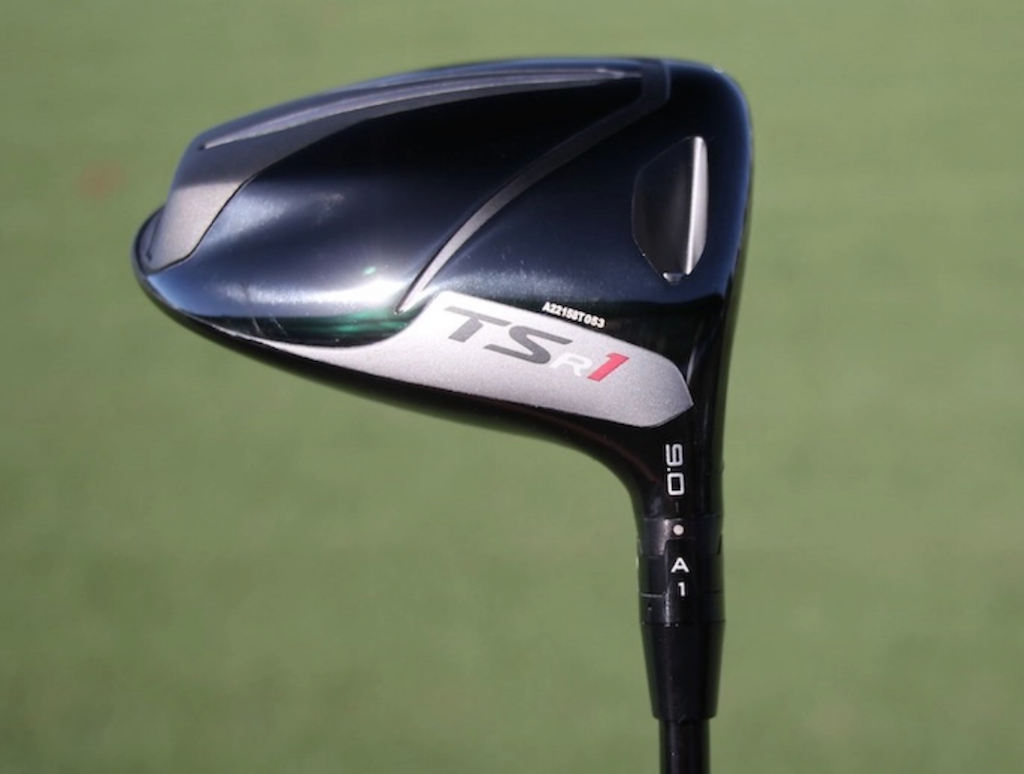
Fitter notes
- Easy to hit, easy to launch. Good ball speed without spinning too much. Looks and feels great for a niche market.
- Fantastic option for those looking for a little help with creating speed through lighter equipment. Many of the lighter options on the market have a pre-built in draw bias. Many players out there who want to test lighter equipment but don’t fight a slice. This is the best option on the market for that scenario.
- The TSR1 is light, easy to hit, nice looking, and is draw-biased for tight draws. At this speed, spin rates can get too low and the TSR1 does a good job of helping retain spin rate for low speed players. Some players in this category might think Titleist is for good players with speed and not think they are good enough to play Titleist.
- Titleist does light weight the right way: Keeping the balance the same, but making a club easier to swing for the slower speed player. Traditional Titleist shape makes this a very appealing option.
- The TSR1 offers a little less headweight which can help dramatically reduce the weight of the club and ease the user experience. While a lighter club doesn’t always offer more speed, it can dramatically improve a player’s balance through the swing and help them hit the ball better. Titleist remains on top.
Ping G430 Max

With a shallower and thinner VFT forged face design, Ping engineers sought to add speed and distance without undermining an element Ping drivers have been known for: forgiveness. For slower-swing-speed golfers, G430 Max can be custom built with lighter head weights. G430 Max is suitable for the widest segment of the fitting bell curve and features a 25-gram, high-density tungsten moveable back weight (±8 yards of shot shaping).
For the full technology breakdown, check out our launch piece.

Fitter notes
- The biggest difference from the 425 is the sound. They enhanced the sound of this driver. And it’s a super forgiving, easy-to-hit club.
- Reliable, consistent driver head for many players. Higher spin than most, but forgiveness is excellent.
- Still easy fit for wide range of players. Speed is top notch and super forgiving. Flat settings are fairly handy.
- Both adapter and weighting help straighten curves, which helps in this speed range. Forgiveness is at the highest level.
- Stable head maximizes clubhead speed-to-ball speed ratio.

Titleist TSR2
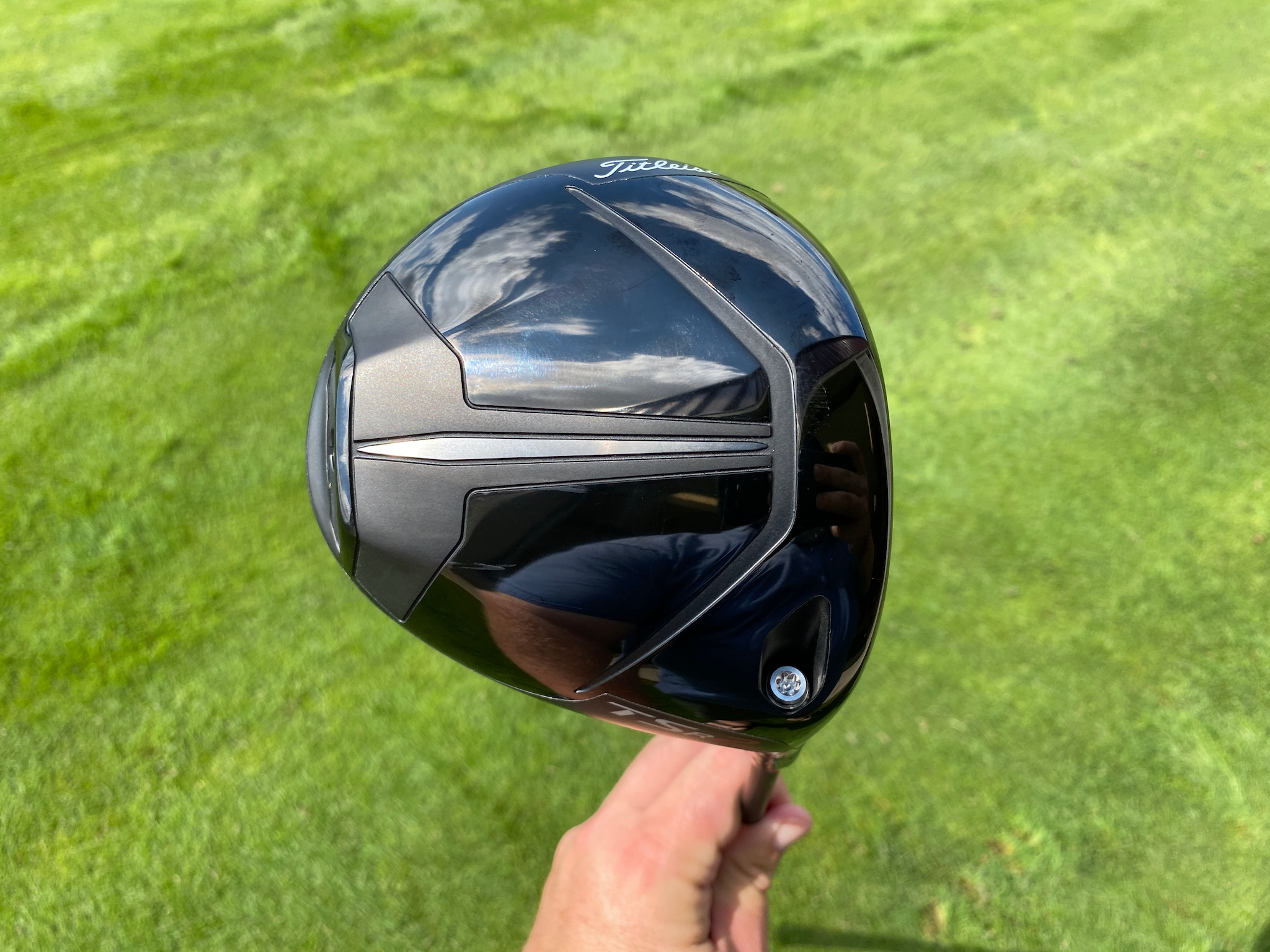
TSR is the next generation of the Titleist Speed Project that began more than six years ago with the TS series and continued with TSi models in 2020. There are three models in the TSR line, which began tour seeding in June. TSR2 is a high-launch, low-spin “max” driver, balancing speed and stability that is designed for the player who makes contact across the face.
For the full technology breakdown, check out our launch piece.

Fitter notes
- It fits a huge, huge variety of players. Huge upgrade over TSi, in my opinion. The 2 was slow and it didn’t go as fast as the 3. It was a great driver, but it was a step down. This thing has all the power the TSR3 has. It looks awesome. But they didn’t sacrifice forgiveness. It’s great for that traditionalist who likes a clean, classic look but needs forgiveness out of it. And their adjustable cog allows us to fit a wide variety of players. I love this driver.
- Forgiving solid driver for a wide spectrum of players who need a combo of an easy driver without too high spin.
- That ball speed…all I remember is Titleist not being that ball speed monster, now sometimes they lead the pack in ball speed, and spin/launch are controlled, too…extremely forgiving and easy to hit.
- Sound/feel are best, speed is awesome, just not as good on heel shots or slicers.
- From what I have seen, the fastest ball speeds of the “core models.” Lower spinning than others in its class which makes it a top pick for me.

Callaway Paradym X
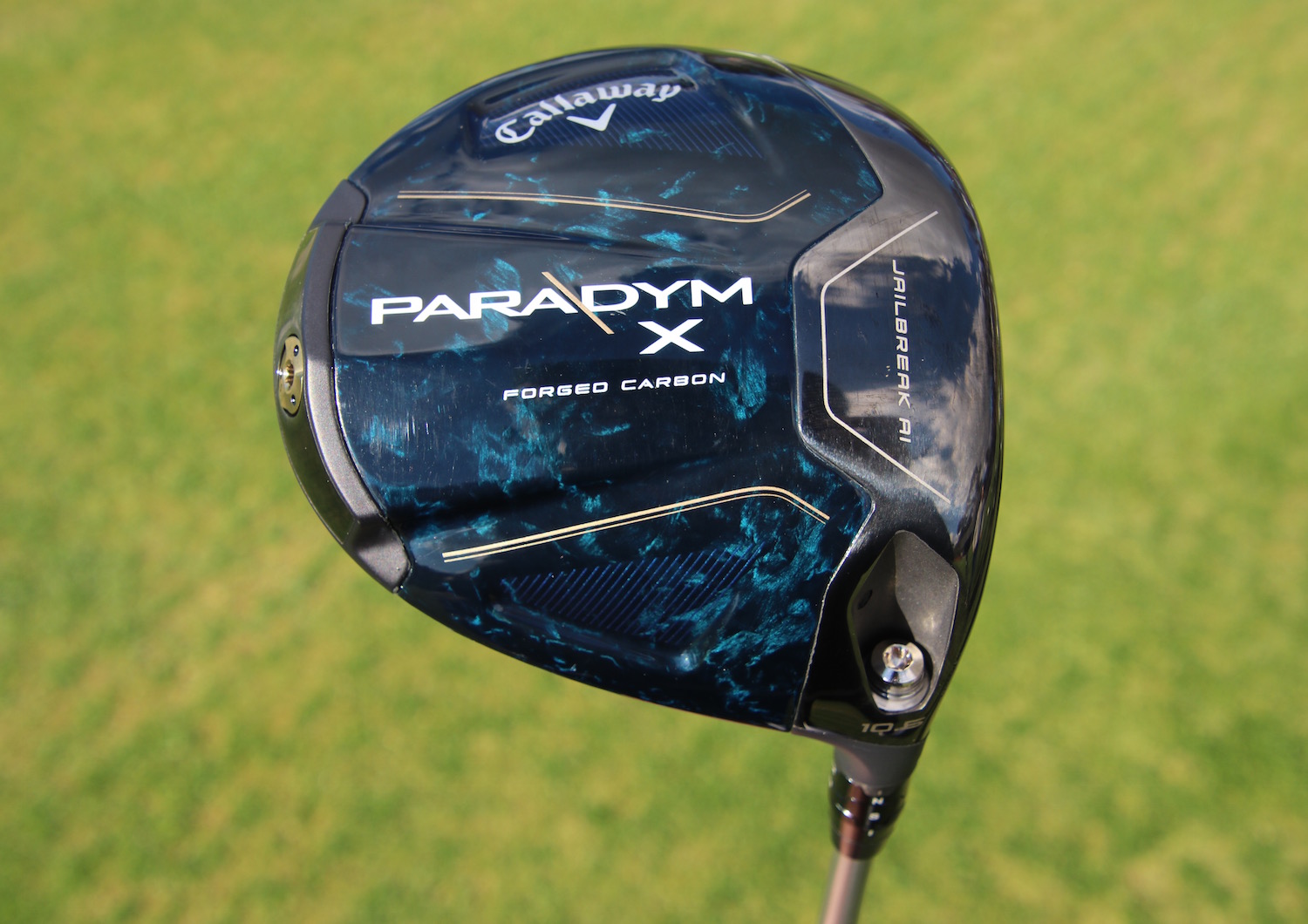
An almost completely carbon fiber body is the “paradigm shift” of Callaway’s Paradym driver (360° Carbon Chassis). Eliminating titanium from the body of the club allowed engineers to distribute weight in a manner that “breaks the tradeoff between incredible distance and exceptional forgiveness,” according to the company. Paradym X is a draw-biased, high-launching, high-MOI driver. It features a larger profile and is the most forgiving driver in the lineup.
For the full technology breakdown, check out our launch piece.

Fitter notes
- It has draw bias to it, but it doesn’t look hooded or closed or anything. It’s a very easy to square up golf club. That’s a better way to describe it, for me. It spins a little more and is a little more forgiving [than Paradym]. If you put them on the ground, you can barely tell the difference between X and Paradym, but Paradym X is easier to square up. Callaway absolutely crushed it with this one.
- For that guy who has the mid swing. The forgiveness aspect is huge. Spin windows for Callaway this year are small. It’s not overly draw-biased. Super forgiving. Easy to launch.
- This is the most draw biased of the Paradym lineup, but also the most forgiving driver in the line. Players are seeing an increase in launch and spin with this driver. The downrange dispersion is one thing that Callaway has been talking about and it’s evident in the bays players are seeing their shots tighten up overall.
- Need a draw and struggle to create speed? Paradym X needs to be at the top of your list then. Very surprising how little you give up when focusing on the draw bias version of the Paradym. Many draw-biased heads in the past have had an issue with creating too much spin. Not the Paradym X. Similar results to Paradym, just that much better for those who need a little help with their fade.
- Draw biased and lowish spin are great attributes. Some players have commented on the shape being a little funny. I’ve seen the Paradym X straighten out players while giving them more distance by dropping spin rate.
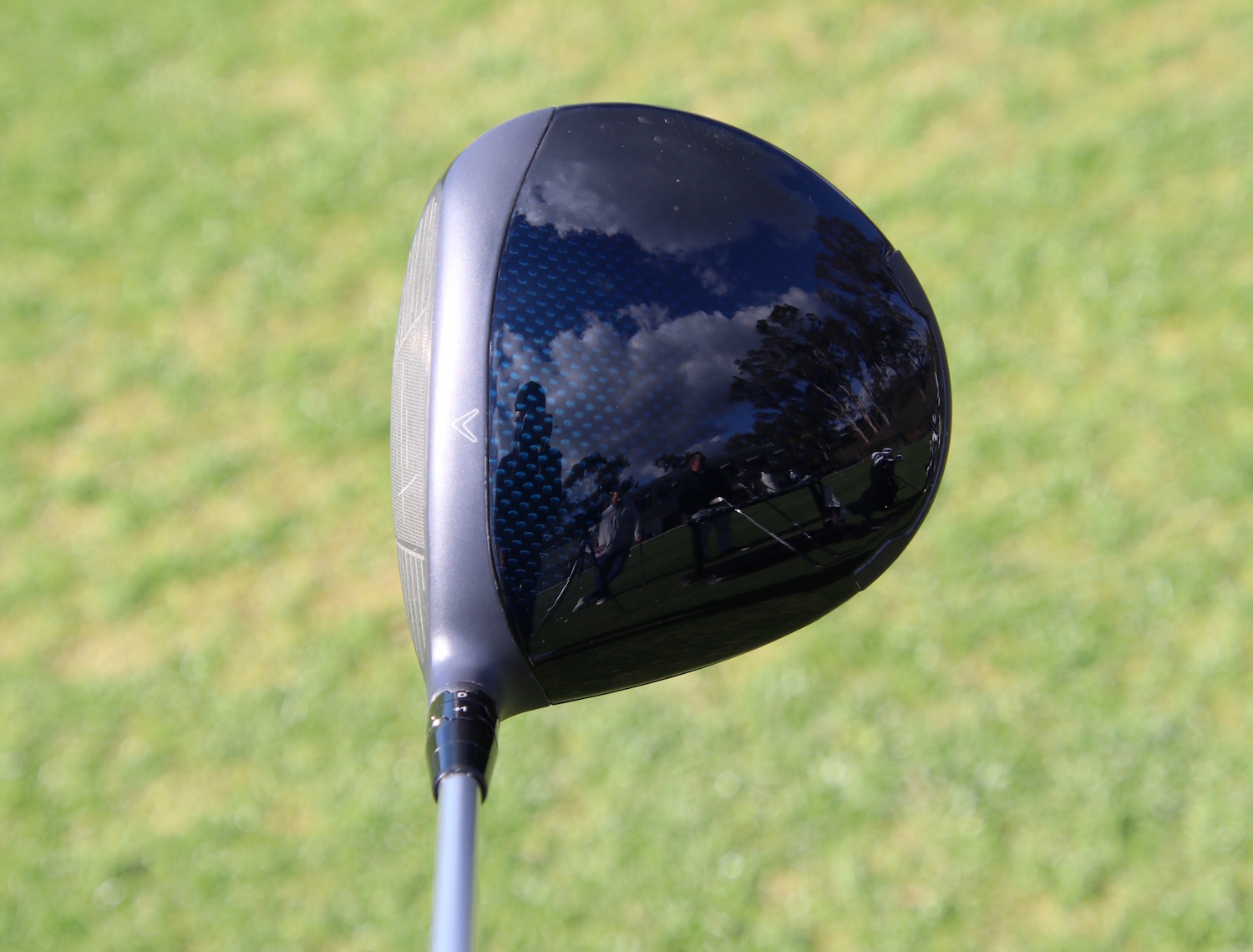
TaylorMade Stealth 2

With TaylorMade Stealth 2, engineers are bringing carbon to more of the golf club — and unveiling a new-and-improved Carbon Twist Face in the process. Stealth 2 is a mid-launch, mid-spin driver that is tailored for the widest segment of the fitting bell curve. It features a 25-gram tungsten TaylorMade Swingweight System weight on the Inertia Generator to dial in launch and spin.
For the full technology breakdown, check out our launch piece.

Fitter notes
- New carbon face design increases ball speed retention at lower speeds.
- Good smooth swings really work well with this head. A lot of forgiveness and great sound at impact.
- It actually spins and it’s more playable. Last year it was very hit or miss, it didn’t work great for mid to high handicappers. It’s long but it’s playable. It’s more consistent this year across the face. They enhanced the variable face thickness and it’s been a big help.
- This is a great option for a player who wants to add some height and spin to their shots.
- A unique looking driver on the market to be sure. Spin rate is low and speeds are hot.

Conclusion
The fitters consulted for this piece have accumulated data from thousands of fittings with golfers just like you. From beginners to tour players, their feedback and information can’t be undervalued, and we are deeply grateful for their time and participation!

Now it’s your turn: Everybody swings the club differently, and everybody has their own experience with a driver in hand. We want to hear from you. Let us know in the discussion thread linked below: What driver are you using? What did you switch from? What performance gains did you find in your own game?


